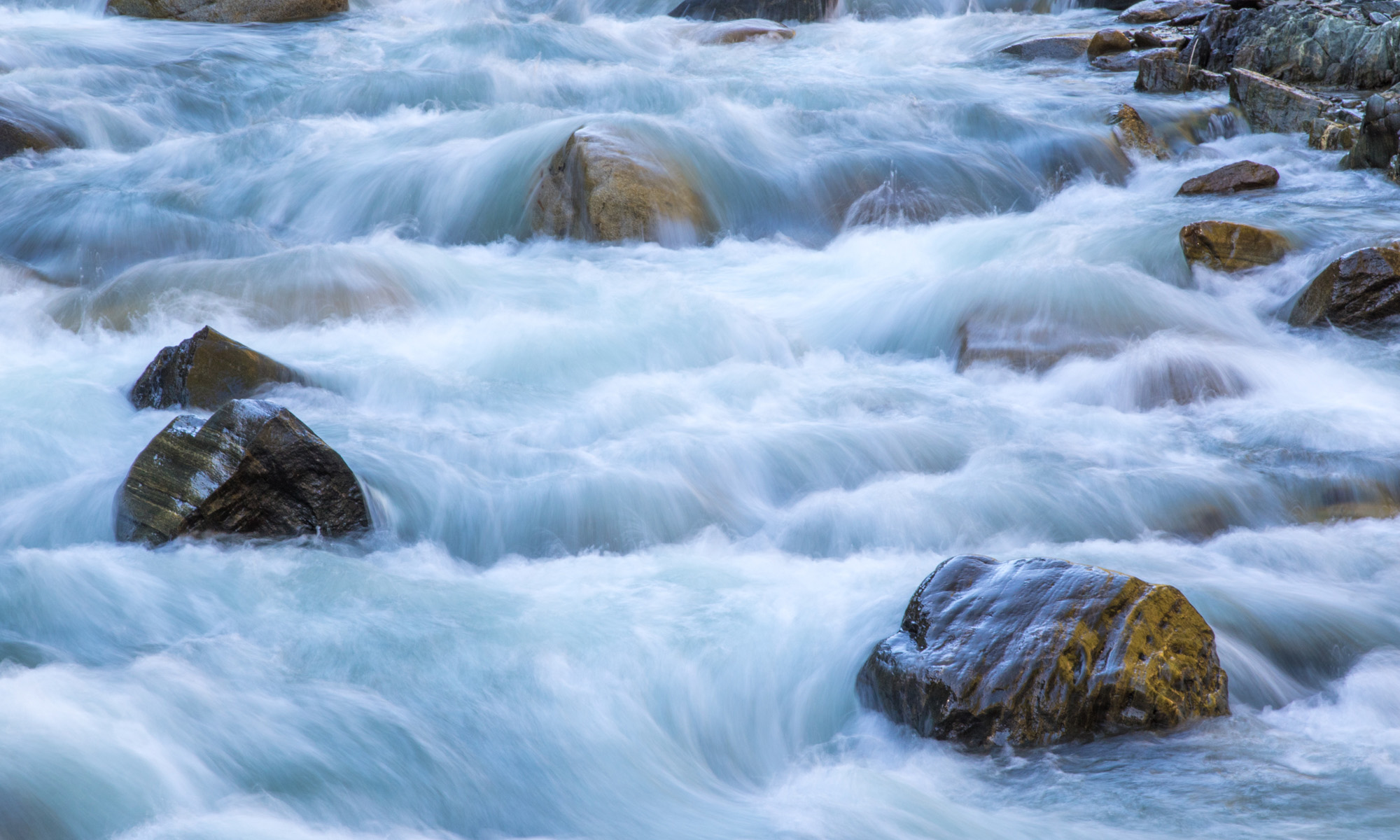Today’s Question: I use Lightroom Classic. I just recently made a BIG move and have been away from editing photos for 20 months. (Yikes). I know that Lightroom has been updated a few times during that period of time. I am currently using Lightroom Classic 8.0. If I go into Adobe Creative Cloud and click it shows only one Lightroom update. If I use that update will it give me all the other updates that happened along the way? The same question for Photoshop too.
Tim’s Quick Answer: In this particular case, you’ll need to install the new “major” release of each application, and then uninstall the older version. That will provide the latest version of each application, including all updates from prior minor releases.
More Detail: When you install a “minor” update to an application in the Adobe Creative Cloud, such as Lightroom Classic, the existing installation is updated. So, for example, if you had Lightroom Classic version 9.1 installed and you upgraded to version 9.2, you would still only have one version of Lightroom Classic installed.
At some point in the future, when the next “major” release of Lightroom Classic is available, it will presumably be called Lightroom 10. If you “upgrade” to that new major release, a second copy of Lightroom Classic would be installed, so you would have both Lightroom Classic 9 and 10 installed on your computer. Once the new version is installed and working properly, you could uninstall the older version.
Because you are dealing with new major releases to some of the Creative Cloud applications (including Lightroom Classic and Photoshop), you’ll want to be sure to install the latest update before removing older versions.
Within the Adobe Creative Cloud application, you can see all of the applications by selecting “All apps” toward the top-left of the window. The top section will display the Installed category, which shows the applications you have already installed. If there is an update available, you will see an “Update” button associated with the application. If the latest version is installed, you will see an “Open” button instead.
If you have an older major release installed, you will also find the new major release listed in the “Available in your subscription” section, which lists applications that are not yet installed. So, you would see Lightroom Classic 9.2 listed, as well as Photoshop. In the case of Photoshop, you want to install the 2020 version, and you probably currently have the 2019 version installed.
This same concept applies to all of the Creative Cloud applications. So for each you would want to install the latest version, and then uninstall any older major releases that are still on your computer, once you know that the new major release is installed and working properly.

